Myths about teaching can hold you back
- Year 2
Discuss and compare polygons
I can discuss and compare the shape and size of polygons, and the vertices of polygons.
- Year 2
Discuss and compare polygons
I can discuss and compare the shape and size of polygons, and the vertices of polygons.
These resources were made for remote use during the pandemic, not classroom teaching.
Switch to our new teaching resources now - designed by teachers and leading subject experts, and tested in classrooms.
Lesson details
Key learning points
- Polygons can be compared by looking at their properties such as number of sides or vertices.
- The space inside polygons can be described using informal language such as long, thin, short, wide, larger and smaller.
- The vertices of a polygon can be described and compared using informal language such as sharp, pointy, wide and large.
Keywords
Larger - A larger shape is one that takes up more space than another.
Smaller - A smaller shape is one that takes up less space than another.
Compare - You compare to find out what is the same and what is different.
Common misconception
Children may think that a shape must be larger because it is wider or longer than another shape, or that the smallest shape should always be the shortest or narrowest.
Encourage children to focus on the amount of space that a shape takes up. Explore cutting up shapes and manipulating them so that they have the same width or length to help children see which is the largest or smallest shape overall.
To help you plan your year 2 maths lesson on: Discuss and compare polygons, download all teaching resources for free and adapt to suit your pupils' needs...
To help you plan your year 2 maths lesson on: Discuss and compare polygons, download all teaching resources for free and adapt to suit your pupils' needs.
The starter quiz will activate and check your pupils' prior knowledge, with versions available both with and without answers in PDF format.
We use learning cycles to break down learning into key concepts or ideas linked to the learning outcome. Each learning cycle features explanations with checks for understanding and practice tasks with feedback. All of this is found in our slide decks, ready for you to download and edit. The practice tasks are also available as printable worksheets and some lessons have additional materials with extra material you might need for teaching the lesson.
The assessment exit quiz will test your pupils' understanding of the key learning points.
Our video is a tool for planning, showing how other teachers might teach the lesson, offering helpful tips, modelled explanations and inspiration for your own delivery in the classroom. Plus, you can set it as homework or revision for pupils and keep their learning on track by sharing an online pupil version of this lesson.
Explore more key stage 1 maths lessons from the Shape: discuss and compare 2D and 3D shapes unit, dive into the full primary maths curriculum, or learn more about lesson planning.

Licence
Prior knowledge starter quiz
6 Questions
Q1.Match the image of the polygon to its name.
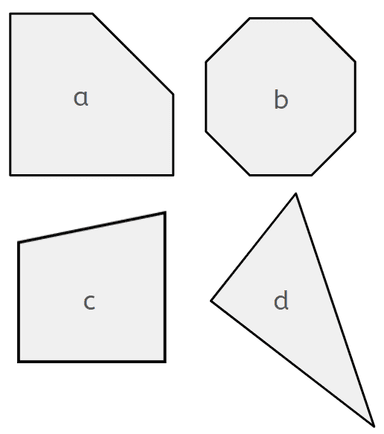
pentagon
octagon
quadrilateral
triangle
Q2.Match each polygon with its properties.
3 sides and 3 vertices
4 sides and 4 vertices
5 sides and 5 vertices
6 sides and 6 vertices
8 sides and 8 vertices
Q3.True or false. This image shows a line of symmetry.
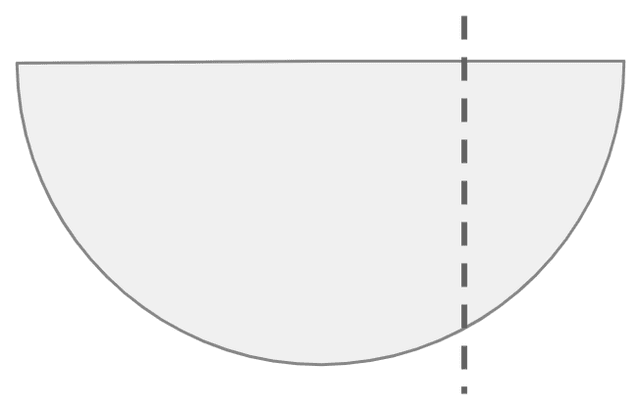
Q4.If a shape is symmetrical, one half of the shape is a of the other side.
Q5.Which of these shapes is symmetrical?
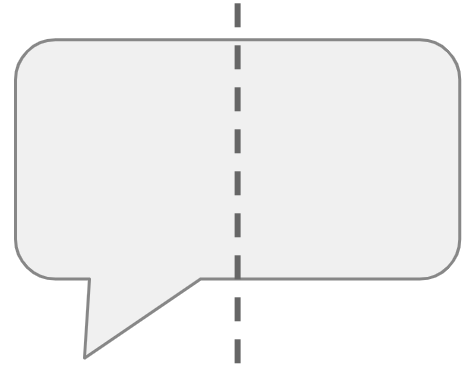
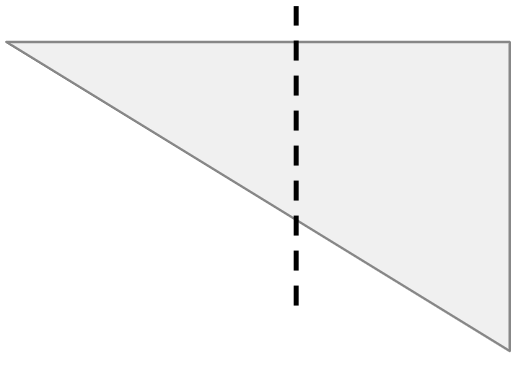
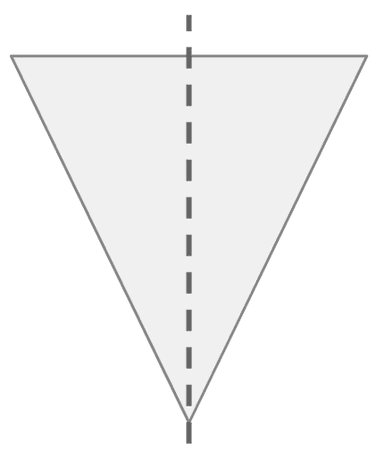
Q6.Which image shows the correct reflection?
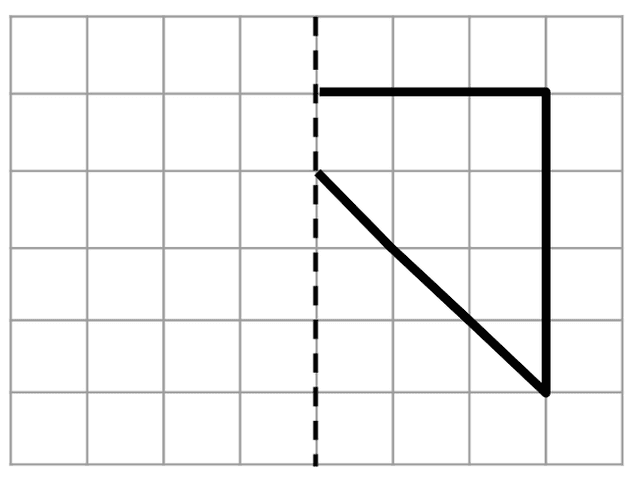
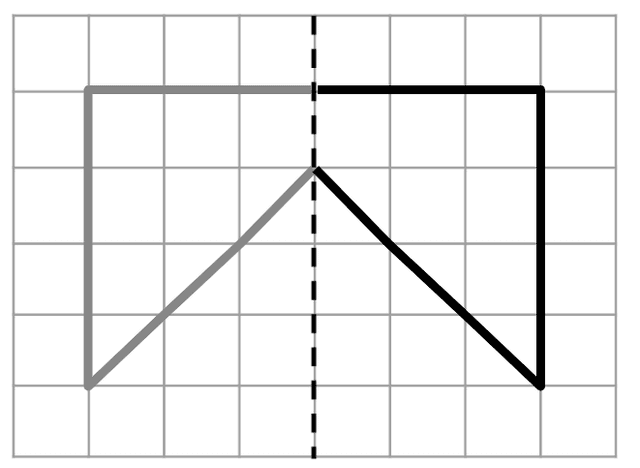
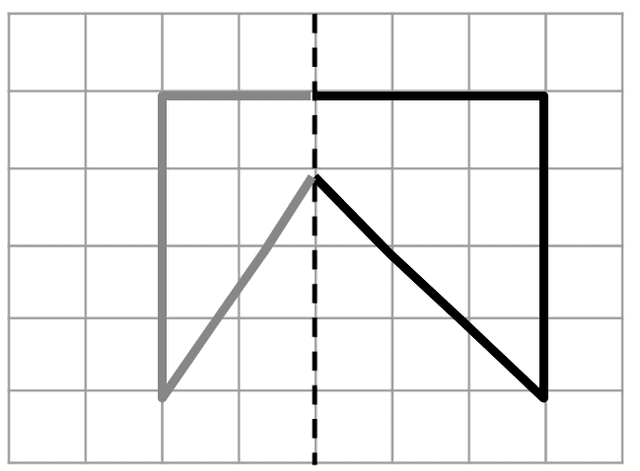
Assessment exit quiz
6 Questions
Q1.Compare the shapes. Which statements are true?
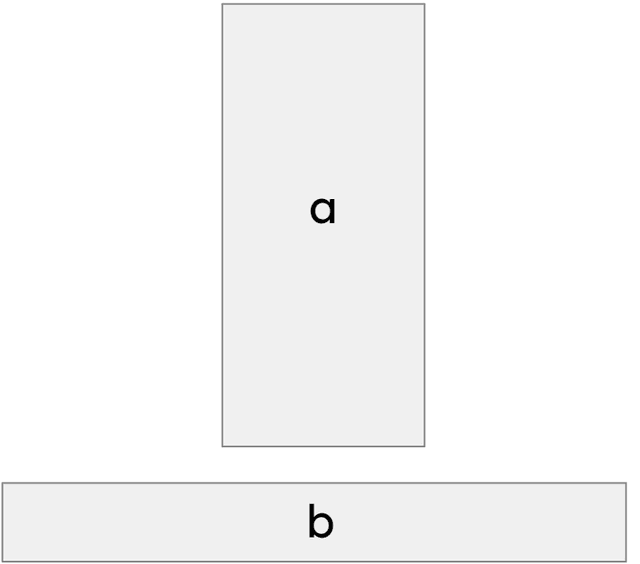
Q2.Compare these shapes. Which statements are true?
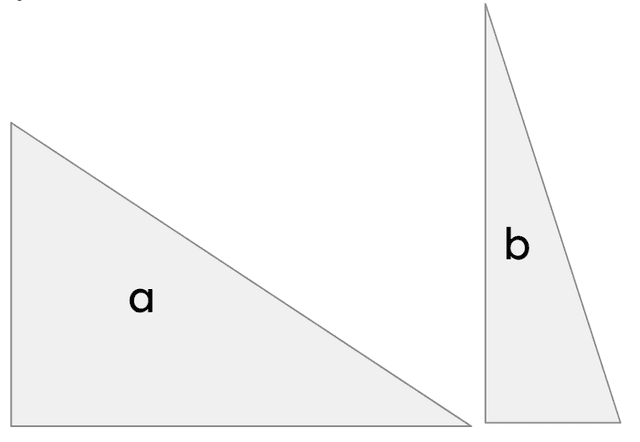
Q3.Order the shapes from smallest to largest.
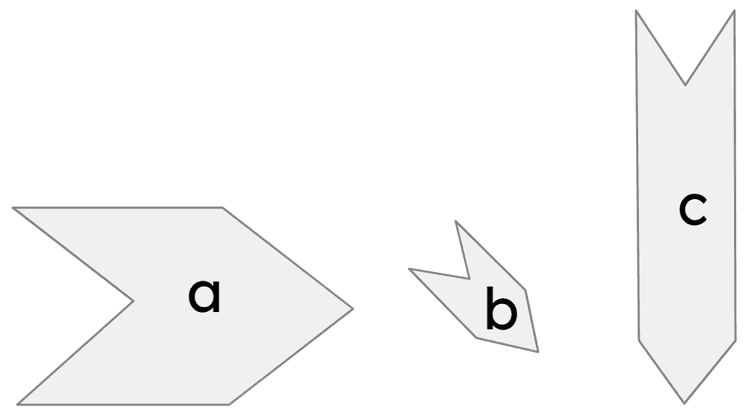
Q4.True or false. The vertices of this polygon are all the same.
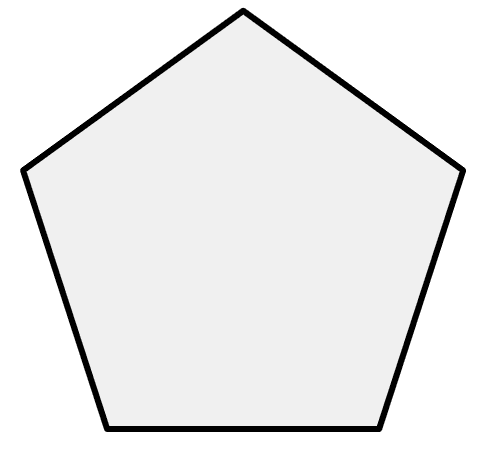
Q5.What is the same about both of these shapes?
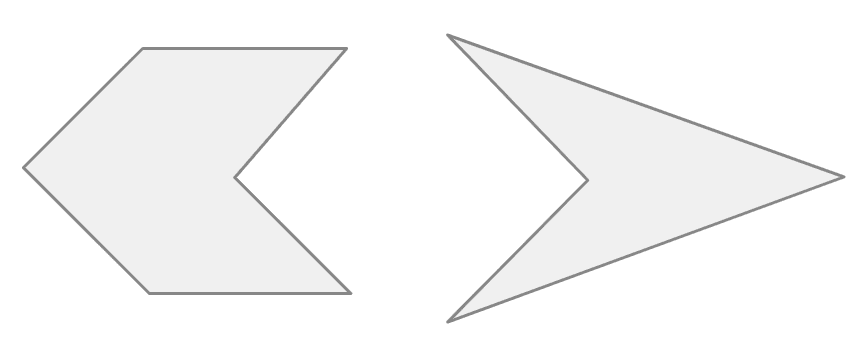
Q6.Match the number with the description of the vertex.
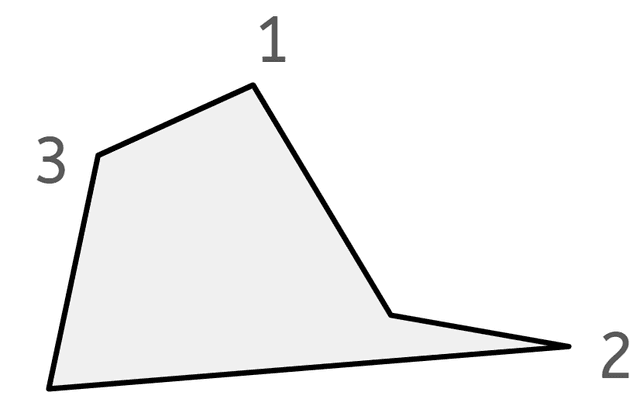
a square-corner vertex
a sharp, pointy vertex
wide vertex


